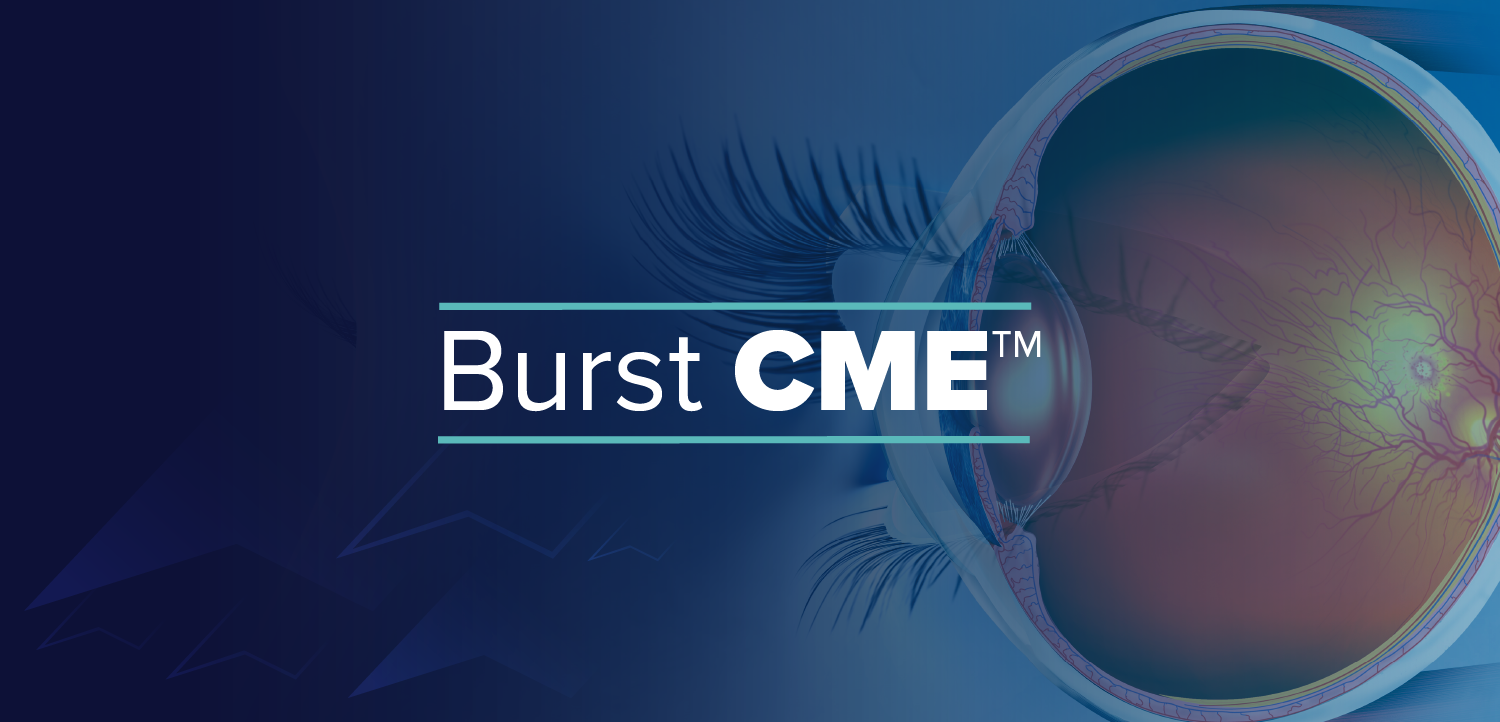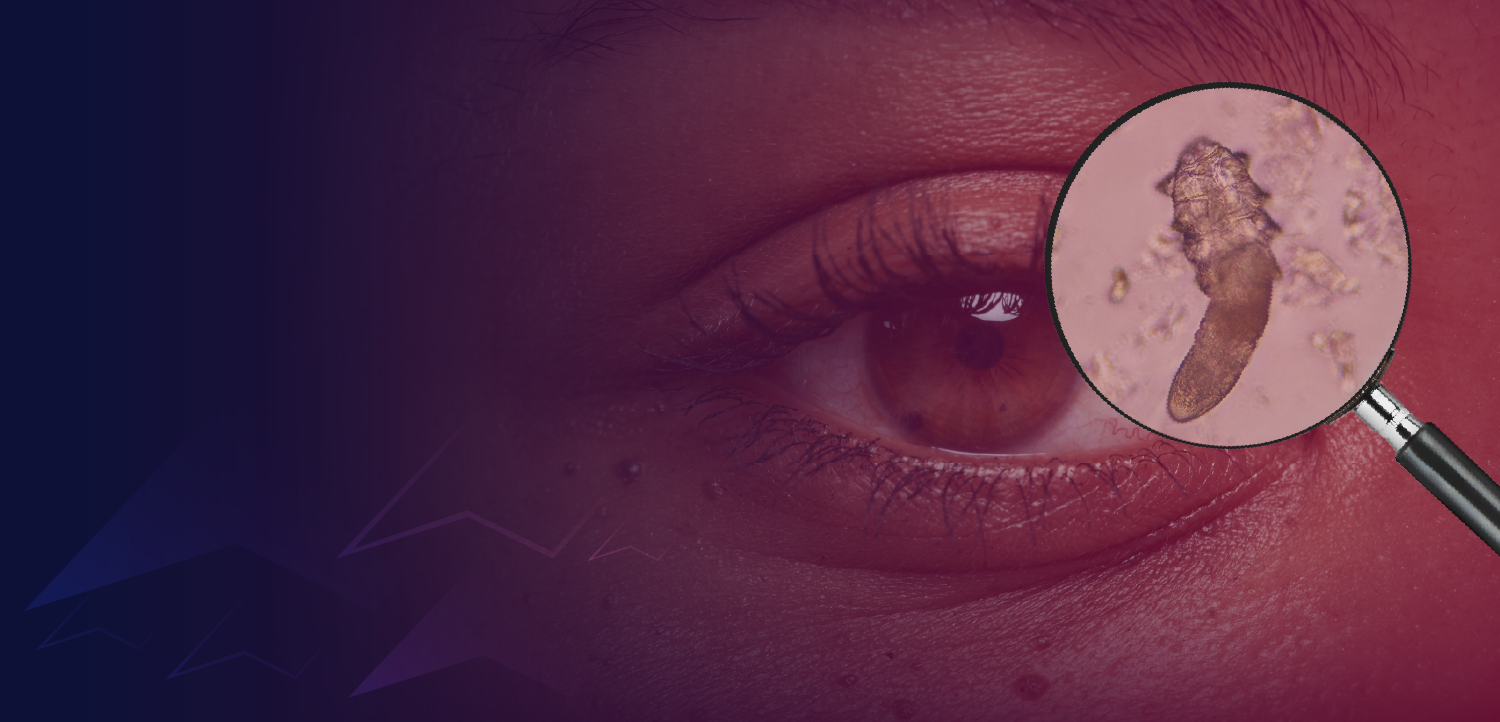
Enhanced technology measures both anterior eye segment, axial length
By adding optical biometry to the anterior segment tomography features of the Pentacam HR, a new unit has the capabilities of two devices in one.
Take-home message: By adding optical biometry to the anterior segment tomography features of the Pentacam HR, a new unit has the capabilities of two devices in one.
Reviewed by Prof. Thomas Kohnen, MD
Wetzlar, Germany-Surgeons looking to enhance their anterior segment tomography technology will find that a new device (Pentacam AXL, Oculus), which recently received 510(k) clearance from the FDA, provides accurate axial length and anterior eye segment measurements, as well as an IOL power calculator.
Recent:
The Scheimpflug imaging system in the unit provides information on the cornea and allows inclusion of data on posterior astigmatism in IOL calculations, said Prof. Thomas Kohnen, MD, chairman of the ophthalmology department, the Goethe-University, Frankfurt. “The addition of partial coherence interferometry, used to measure axial length, makes great sense because you have an all-in-one machine that can do one measurement.”
Blog:
“Doctors will be able to find the software that they know from the Pentacam HR in the Pentacam AXL, such as the Fast Screening Report and the Cataract Pre-Op Display,” said Sebastian Massling, business manager, product management and application, Oculus. “On top of that is the axial length measurement and our own IOL power calculator so that doctors can calculate IOLs for normal and for treated eyes. The Pentacam AXL is two devices in one.”
Recent:
“We know from many studies that posterior corneal curvature is important, and this is added to an axial length measurement, so in the long run we get more information,” Dr. Kohnen said.
However, the clinical relevance of the additional data will only be known following further study, he added.
“We have a tomographer with axial length measurement. That by itself is already a big step forward,” Dr. Kohnen said.
Defining use
Axial length and 3-D scan measurements for the Scheimpflug images are taken in succession on the same measuring axis using the same centering function. A 3-D model of the anterior segment is calculated via ray-tracing, and optical distortions of each exam are individually corrected.
Recent:
Up to 10 surgeons can use the device, and each can create a personalized IOL power calculator based on 20 favorite IOLs included in a database of more than 300. This database will be updated as new products become available, Massling said.
Surgeons can also define their own target refraction and surgical-induced astigmatism. Displays show four IOL types and power calculation formula combinations for spheric, aspheric, multifocal, and toric IOLs.
Recent:
Formulas include the Haigis, SRK/T, Holladay1, and Hoffer Q for untreated eyes, the PotvinShammasHill for post-myopic LASIK, and the PotvinHill for post-RK eyes. The two latter formulas are specially designed for the use of Pentacam data. The open interface of the Pentacam AXL allows linkage with other IOL power calculators, such as the Holladay Consultant or ray-tracing formula.
The device was introduced at the 2015 meeting of the European Society of Cataract and Refractive Surgeons. Since then, physicians around the world have commented that the IOL power calculator is intuitive to use and streamlines the calculation process, Massing said.
Clinicians only need to prepare the calculator once; calculation takes place automatically as information from each new exam is entered. The IOL power calculator includes the personalization/optimization of the IOL constants.
More:
Prof. Thomas Kohnen, MD
Dr. Kohnen is a consultant to Oculus.
Newsletter
Don’t miss out—get Ophthalmology Times updates on the latest clinical advancements and expert interviews, straight to your inbox.


















































.png)


